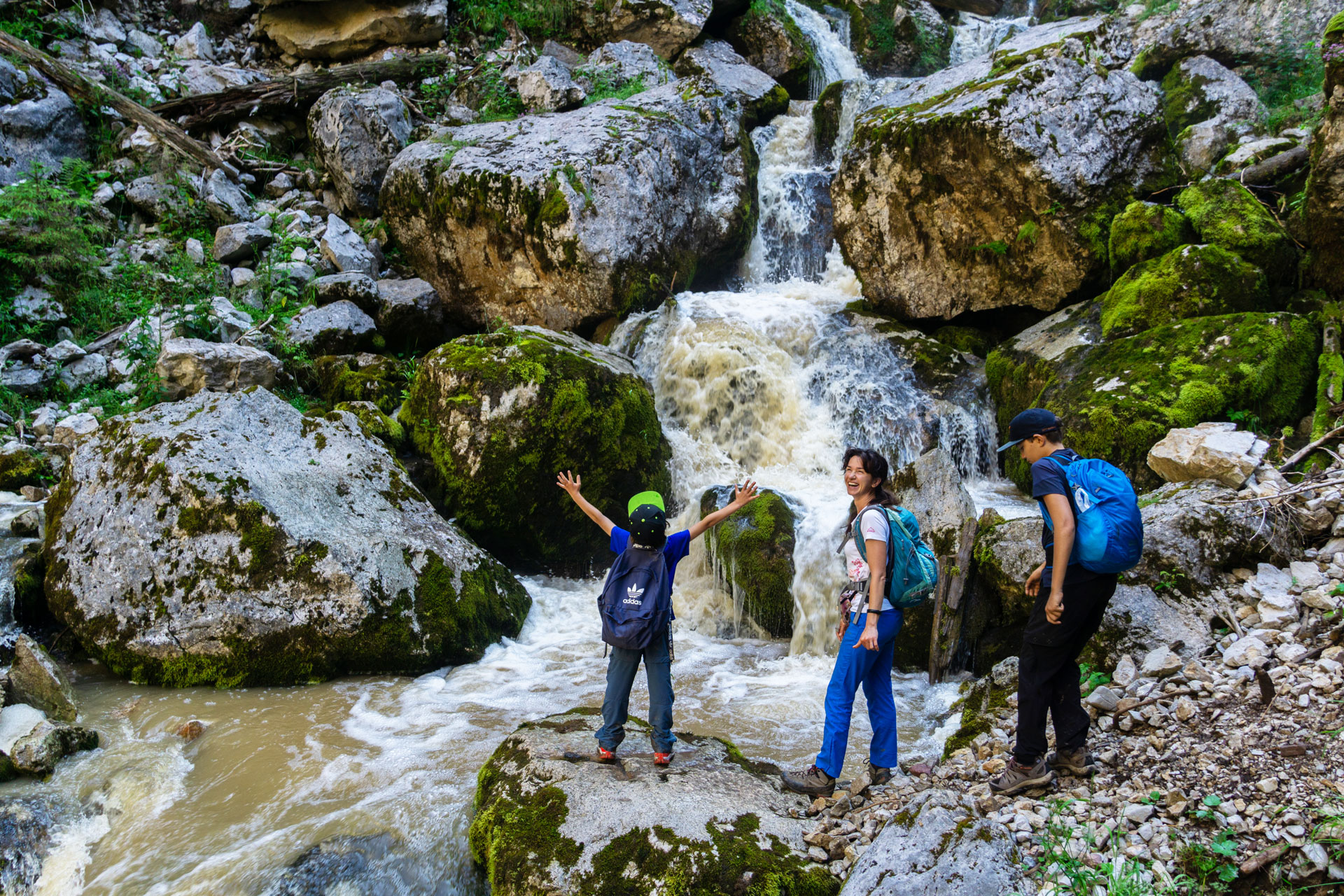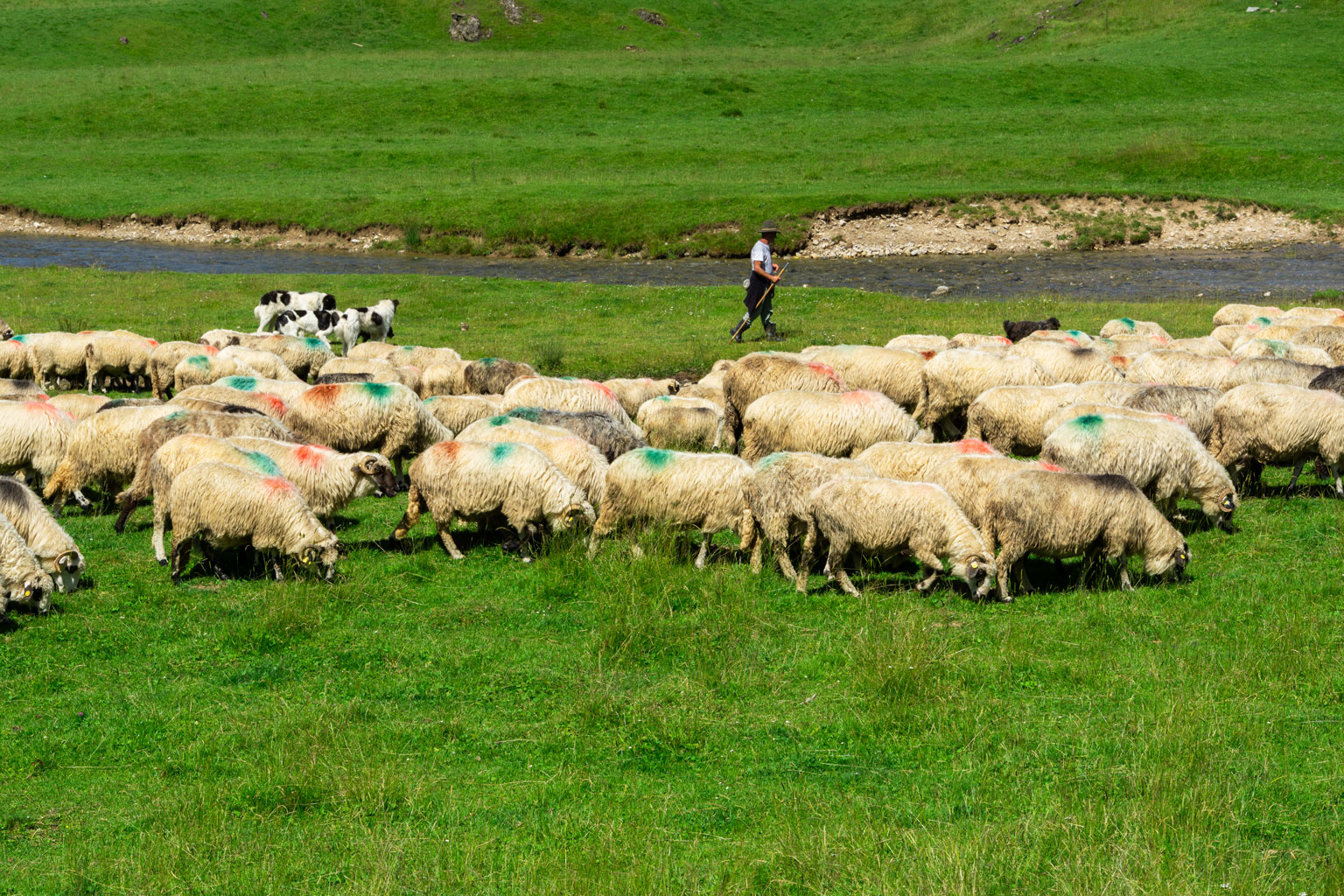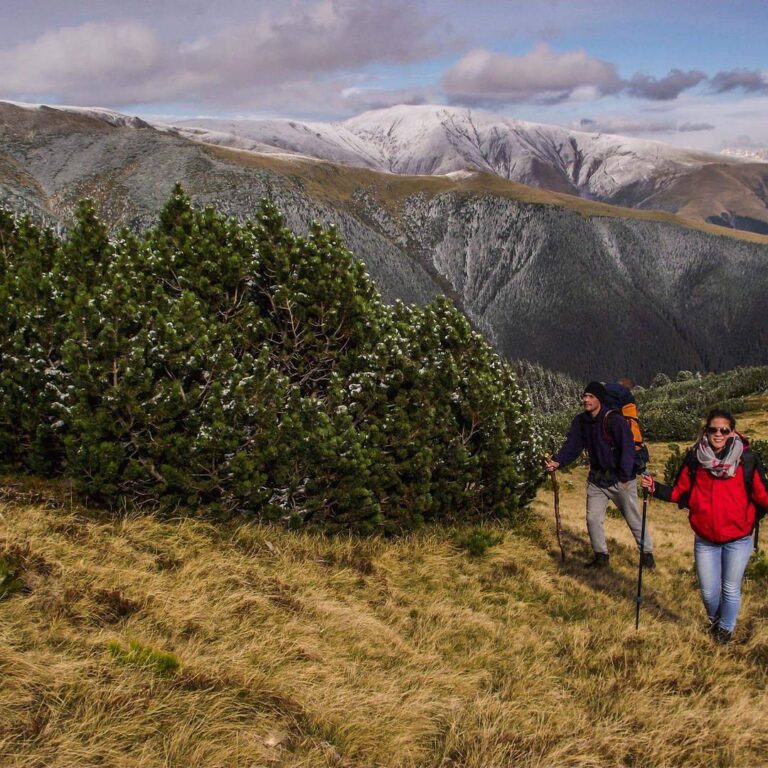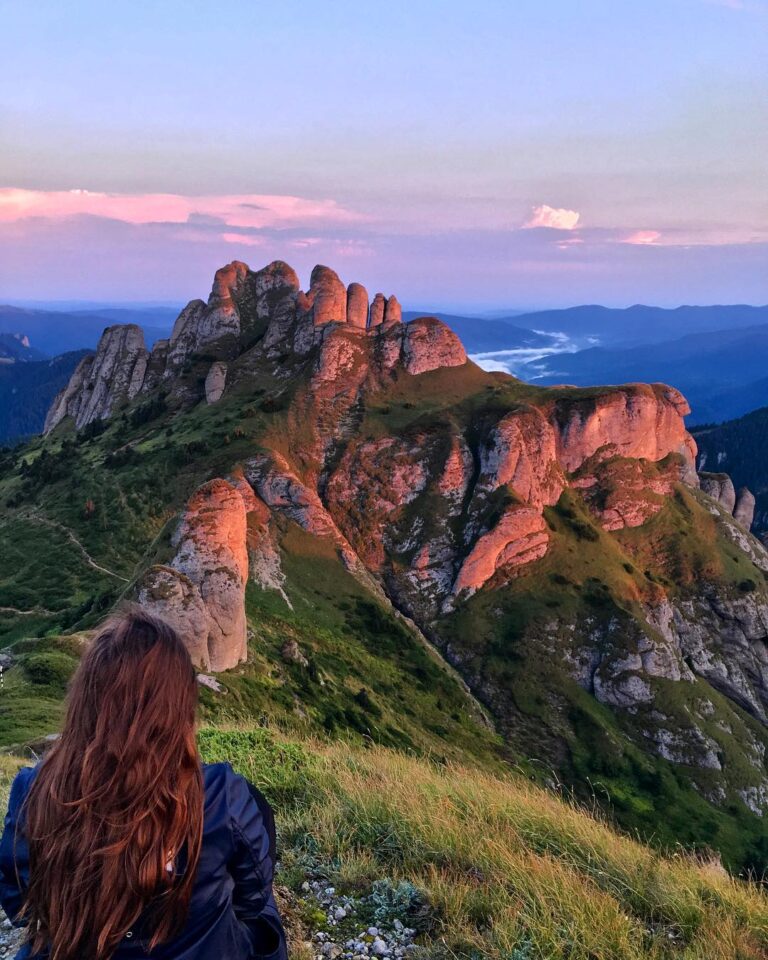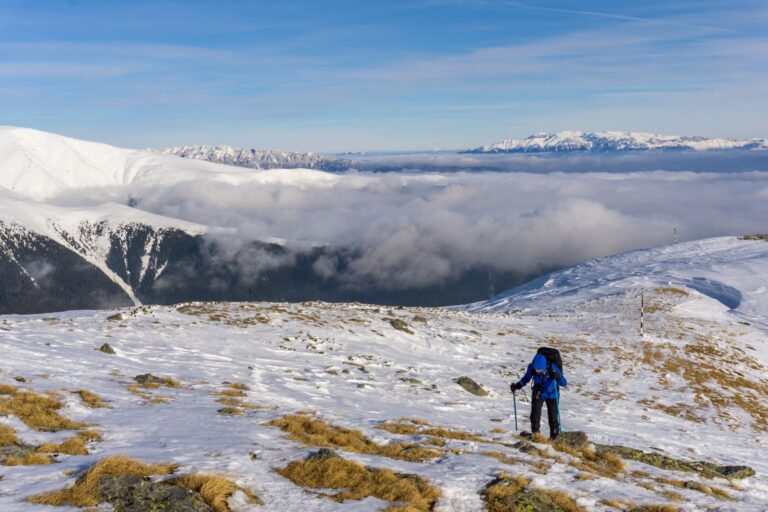Spread across Western Romania, the Apuseni Mountain Range is mainly made of a mosaic of rock, predominantly from the limestone family, which accounts for the impressive number of caves found here. Pair that with the small remote villages spread all around and secluded communities that inhabit them and you have on the most spectacular immersive cultural experiences Romania has to offer.
The caves of Apuseni
Apuseni Mountains boast a total of over 1500 caves, some ranked nationally and even internationally. Some are adapted for visitations, with electricity and safety measures put in place. There are, however, a world of other less crowded and even more spectacular formations to be visited but only with a proper guide.
The ones you absolutely cannot miss are:
Scarisoara Cave – housing the second largest underground glacier in all of Europe. As high as 1165 meters, the low temperature and air currents have preserved this 4000 year old natural formation, accessible through an impressive chasm that tales you deep into the ground (270 steps down and then 270 steps up).
Bears Cave – another one of nature’s masterpieces, accidentally discovered in 1975 during a mining operation. Historians say it used to be shelter for a gigantic bear species that went extinct over 15.000 years ago. What remains today are impressive ballroom-like halls with stalactites, stalagmites and rock formations that look as if they’d been designed by an interior decorator.
The Villages of Apuseni
Rimetea – the only Romanian village to receive the Europa Nostra Award for preserving cultural heritage after reconditioning over 138 traditional saxon houses. It is a treat just to walk the cobbled streets and study window ornaments and intricate gate patterns.
Geamana – the sunk village that serves as a constant reminder of one of the biggest natural exploitation disasters in Romania. Copper mining in Rosia Montana during the 70s lead to the entire population of Geamana to be evacuated and the village overrun with waste waters.
Rosia Montana – just over the hill from Geamana, first mentiones of it in history, as Alburnus maior, come from more than 2000 years ago, even before the Roman Invasion.
How to get there
Closest airports are Cluj and Timisoara, both with several international flights landing every day. Once there, you would need to rent a car or make sure that you book a tour that has transport included. The roads in that area of Romania are, while beautiful, quite intricate and hard to navigate for non-locals.

